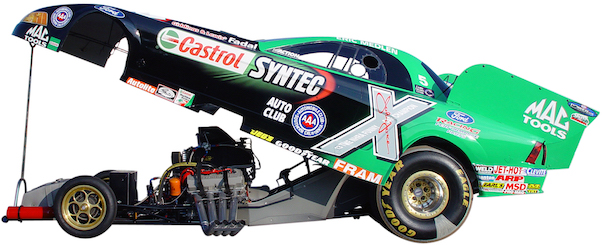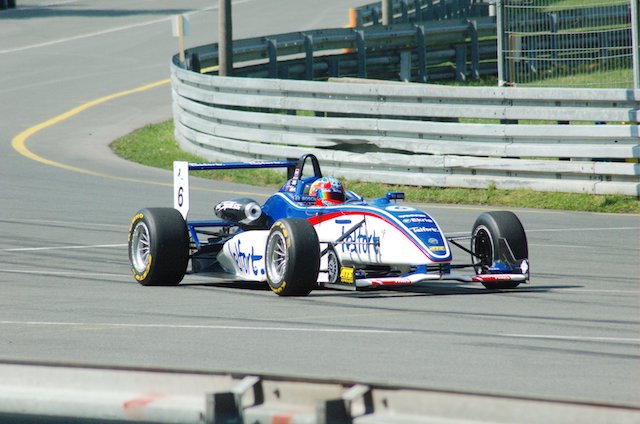Race Car Race Car Race Car
Car rallying in Kenya is a thrilling motorsport that captures the heart and soul of motorsport enthusiasts. This adrenaline-filled sport draws thousands of fans every year, providing a unique blend of speed, strategy, and endurance. Kenya’s diverse landscape, ranging from rocky terrains to vast savannas, offers a perfect environment for rally events. The country’s motorsport culture has a deep history and continues to evolve with growing participation and excitement.
Race car race car race car
Race car race car race car. Kenya’s rallying history dates back to the early 1950s, with the inception of the East African Safari Rally. The event became one of the most prestigious and challenging in the world, attracting drivers and teams from across the globe. The Safari Rally, often referred to as The Safari, put Kenya on the map for rally enthusiasts worldwide. It was a true test of both the cars and the drivers, requiring resilience, precision, and remarkable endurance.
In its early days, the rally was a test of navigation and survival, with minimal infrastructure in place. The rough terrain and unpredictable weather conditions forced participants to develop new driving techniques. As rallying evolved, Kenya became known for its unique blend of rallying challenges that combined both speed and endurance.
The significance of rallying in Kenya’s motorsports culture
Rallying has become more than just a sport in Kenya; it is a national passion. Kenya’s rallying community is deeply involved, and the events bring people from various walks of life together. The sport is supported by both local and international fans, with many Kenyans considering rallying an integral part of their cultural identity. The success of Kenyan rally drivers on the world stage, such as those who competed in the World Rally Championship (WRC), has fueled even greater enthusiasm for the sport.
Rallying in Kenya is also a significant source of employment, providing jobs for mechanics, sponsors, and various event personnel. Local communities around rally routes benefit from the increased tourism and attention that these events bring. Additionally, rallying plays an important role in developing the skills of young drivers and offering them a platform to showcase their talents.
Famous safari rally
The Safari rally is the most famous rally event in Kenya. It is a staple on the international rally circuit and has long been regarded as one of the toughest rallies in the world. Although it was removed from the WRC calendar for a few years, the Safari Rally’s popularity never diminished. In 2021, the rally made a triumphant return to the World Rally Championship, further cementing its legacy.
The Safari rally’s gruelling stages, covering hundreds of kilometres across Kenya’s varied terrain, continue to test the skill, resilience, and determination of drivers. The event is known for its rugged conditions, which can include muddy roads, dusty trails, and rocky tracks. Competitors often navigate through remote villages, game reserves, and wildlife areas. The unpredictability of the terrain keeps drivers on their toes throughout the entire race.
Growth of rallying events in Kenya
Over time, rallying in Kenya has expanded beyond the Safari rally. Several regional and local events now take place, attracting a growing number of participants. These events, such as the Kenya National rally championship, provide a platform for both seasoned professionals and emerging drivers. These competitions are essential for fostering talent and providing the necessary experience for drivers who aim to compete internationally.
As rallying continues to grow in popularity, it has evolved to include new formats and categories, such as classic car rallies and off-road racing events. This diversification ensures that the sport remains engaging for a wide range of fans, from those who appreciate vintage cars to those who prefer the high-performance machines of modern rallying.
The Kenyan terrain
Kenya’s diverse terrain is one of the main reasons why rallying in the country is so popular. From the dusty savannahs to the steep hills and forests, the landscapes offer a challenging environment for both drivers and their cars. The varying conditions require precision driving and impeccable vehicle handling, as one section of the route may be muddy and slippery, while the next could be dry and dusty.
The combination of different terrains makes rallying in Kenya unique. Drivers have to adjust quickly to ever-changing conditions. At times, the stages include water crossings, long stretches of gravel, and tight, winding roads. The climate also adds an extra layer of difficulty, as Kenya’s hot temperatures and occasional rainstorms make each race a test of both the driver’s skill and the car’s reliability.
Kenyan rally drivers
Kenyan drivers have made a significant impact on the world of rallying. In particular, Kenya’s rich motorsport history has produced numerous successful drivers, some of whom have competed in global events like the WRC. Their achievements have earned Kenya a reputation as a rallying powerhouse. Drivers like Ian Duncan, Baldev Chager, and the late Joginder Singh have earned accolades for their success in local and international competitions.
These drivers are often seen as heroes in Kenya, with their performances celebrated across the country. Their success is a testament to Kenya’s unique ability to produce world-class rally drivers who thrive under difficult conditions. Furthermore, these drivers inspire a new generation to pursue motorsport, adding to the growing passion for rallying in Kenya.
Technology in rallying
Advancements in technology have played a significant role in the development of rallying in Kenya. Cars today are equipped with cutting-edge navigation and safety systems, ensuring that drivers can navigate the difficult terrain with greater ease. Innovations in suspension, tires, and engine performance have also contributed to the success of rallying in the country.
Despite the modernization of rally cars, many aspects of Kenyan rallying have remained rooted in tradition. Many drivers and teams still rely on their experience and intuition to tackle the tough conditions, even as new technology is introduced. This balance between tradition and technology makes rallying in Kenya both exciting and unpredictable.
Economic impact
Rallying has a significant impact on Kenya’s economy. The influx of tourists, media attention, and sponsorship revenue generated by events like the Safari Rally provide a considerable economic boost. Tourism in particular benefits from the rally, with many international visitors traveling to Kenya to witness the race. Hotels, restaurants, and local businesses all see an increase in revenue during rallying events.
Rallying also plays a key role in promoting Kenya as a destination for adventure tourism. The country’s rugged terrain, game parks, and picturesque landscapes provide the perfect backdrop for the sport. As a result, Kenya has become a prominent location for international rally competitions, drawing participants and fans from around the globe.
Future of rallying in Kenya
The future of rallying in Kenya is promising. With the return of the Safari Rally to the WRC, the sport’s profile in Kenya is higher than ever. New generations of drivers, engineers, and fans are joining the motorsport community, bringing fresh energy and innovation to the sport. The continued development of rally infrastructure, along with a growing focus on youth engagement, ensures that rallying will remain a key part of Kenya’s sporting culture.
Rallying events will continue to evolve, with new formats and challenges ensuring the sport stays relevant and exciting. The growing popularity of rallying in Kenya also has the potential to attract even more international events, further solidifying the country’s position as a motorsport hub.
Rallying and the spirit of Kenya
Rallying in Kenya is more than a sport. It is a celebration of the nation’s spirit. The resilience, determination, and sense of adventure that characterize the sport reflect the values of the Kenyan people. The tough terrain and unpredictable conditions mirror the challenges that the country’s drivers must overcome in both motorsport and in life.
As Kenya’s rallying community continues to grow, so too does its influence in the world of motorsport. With every race, Kenya proves itself as a force to be reckoned with on the global rallying stage. The thrill of racing in the heart of Africa ensures that rallying will remain an integral part of Kenya’s cultural and sporting legacy for years to come.
Expose your brand at the East African Safari Classic Rally05 – 13 December 2025
|






